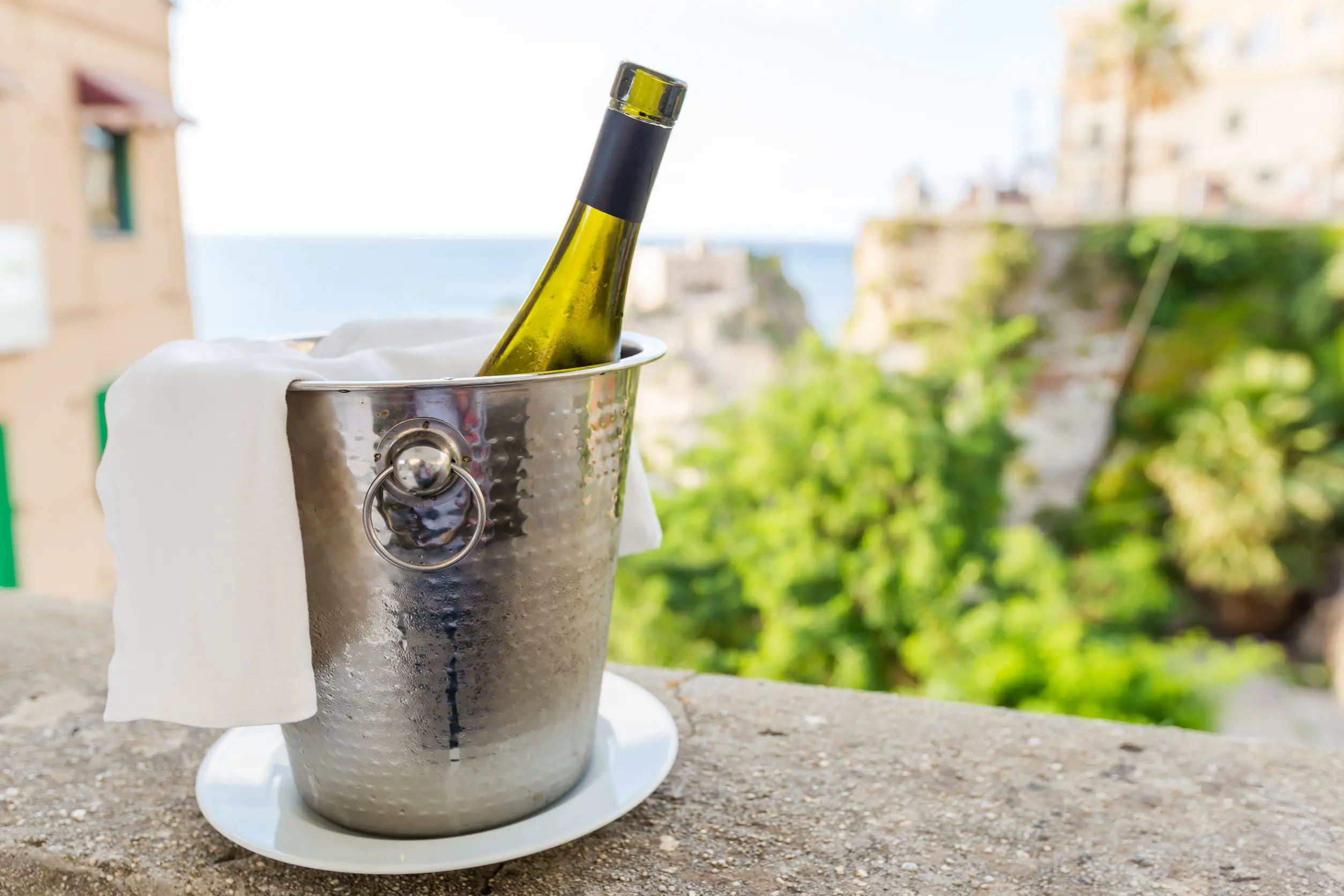Riesling, renowned for its remarkable versatility and captivating flavors, often leaves wine enthusiasts pondering a critical question: “Should Riesling be chilled?”. In this topic, we explore the subtleties of serving this popular wine variety at the ideal temperature, revealing the mysteries of how chilling may enhance its fragrances, improve its flavor, and elevate your wine-drinking experience.
1. Should Riesling be chilled?
Yes, Riesling should be chilled. If you want to enjoy the full flavor of Riesling, you should chill it. But this is not mandatory because it depends on your taste. In addition, temperature plays a big role in the taste of wine, so each type has an ideal temperature to maintain before being used.
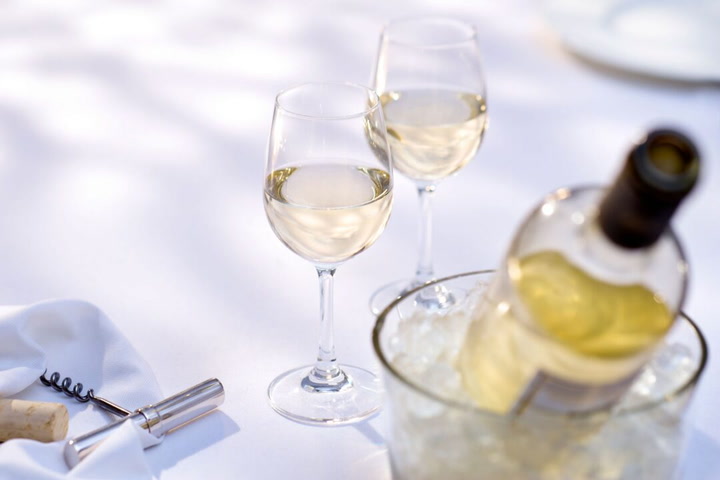
Riesling is best served chilled between 41°F and 46°F (6°C to 9°C), and it is recommended to store Riesling wines around 51-59°F (11-15°C). To get the most out of your bottles of Riesling wine, don’t serve them too cold or too warm. If it’s too cold, you can miss out on Riesling’s gorgeous and nuanced scents. If your Riesling wine is too warm, it will taste more alcoholic, making you and your dinner guests uncomfortable.
2. What is Riesling Wine?
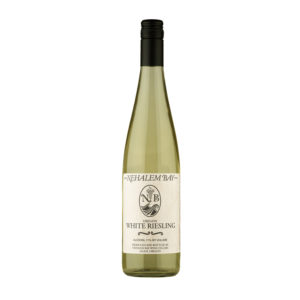
Riesling is a white wine grape type recognized for producing wines in various styles, from dry to sweet. It is one of the most well-known and extensively planted grape types in Germany, where it originated. Still, it is also cultivated in some other wine-producing countries throughout the world.
3. Origin of Riesling wine
Riesling wine comes mostly from Germany, with a long history extending back centuries. Germany is regarded as the Riesling grape’s ancestral home, and it remains one of the most important and traditional Riesling wine-producing countries.
For years, the grape has been planted in German vineyards and is strongly identified with numerous main wine areas in Germany. While Germany is the traditional home of Riesling, this adaptable grape type has also found success in other wine-producing regions across the world.
Riesling is currently grown in nations such as France (Alsace), Austria, the United States (especially in locations such as the Finger Lakes and Washington State), Australia, New Zealand, Canada, and South Africa, among others. Each of these places brings its own terroir and winemaking processes to the production of Riesling, resulting in a broad range of Riesling wines with distinct taste profiles, sweetness levels, and characteristics.
Riesling is a grape that elegantly expresses its region of origin, whether it’s a German Riesling from the Mosel or an Australian Riesling from the Clare Valley.
4. Reasons why you should drink Riesling
There are various compelling reasons to drink Riesling wine, and your decision may be influenced by your preferences as well as the occasion.
Versatility: Riesling is a grape variety that produces wines in a broad range of styles, from bone-dry to lusciously sweet. Because of this adaptability, there is certainly a Riesling wine to fit your tastes, whether you favor crisp, refreshing dry wines or sweeter, dessert-style wines.
Aromatic and Flavorful: Riesling wines are well-known for their aromatic traits, which include scents of green apple, pear, peach, apricot, citrus, and floral notes. Riesling is a delightful wine to appreciate and discover because of its intriguing aromatics.
Acidity: Riesling is praised for its high acidity, which gives the wine a crisp and energetic taste. This acidity not only makes Riesling wines delicious with food, but it also helps them age gracefully.
Pairing Flexibility: Riesling is a great wine for meal pairing due to its wide variety of sweetness levels. Dry Rieslings go well with shellfish, chicken, and Asian cuisine, but sweeter Rieslings go well with spicy meals, sweets, and even cheese.
Terroir Expression: Riesling has an exceptional capacity to convey the terroir of the location in which it is cultivated. Riesling wines from various wine regions have varied qualities, allowing you to experience the intricacies of different vineyard locations and climates.
Age-Worthiness: While Riesling is frequently consumed young, many Riesling wines offer remarkable age potential. They can acquire diverse tastes with time and become richer, more subtle wines.
Tradition and History: Riesling has a long and storied history, particularly in Germany, where it has been cultivated for centuries. Enjoying Riesling can provide a sense of connection to a rich winemaking tradition.
You can also like:
- Is Sauvignon Blanc Sweet? Unveiling Its True Nature
- Do You Decant White Wine?
- Viognier vs Chardonnay: Similarities, Differences & Selection Criteria
5. What is the flavor of Riesling?
The great diversity of flavors that Riesling is renowned for might vary based on the region it is cultivated in, its level of maturity, and its winemaking methods.
- Citrus: Lemon, lime, or grapefruit flavors may be discernible, giving the wine a crisp, zingy flavor.
- Stone Fruit: Riesling can have flavors of peach, apricot, or nectarine, contributing to its fruity character.
- Floral: Floral aromas like jasmine, honeysuckle, or elderflower are often present, adding a pleasant fragrance.
- Mineral: Particularly in older instances, some Rieslings include mineral flavors that are frequently described as slate, damp stones, or even petrol.
- Sweetness: The sweetness can have major effects on the flavor, with honey or tropical fruit flavors coming through in sweeter varieties.
- Acidity: The strong acidity of riesling provides it a crisp, refreshing character and can counteract sweetness.
6. Types of Riesling
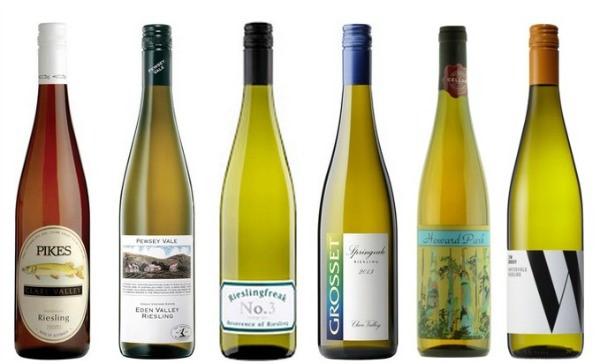
Sweet Riesling: Most German Riesling wines are sweet and can be aged for up to 30 years.
Semi-sweet Riesling: These Rieslings have balanced sweetness levels and can mature for up to 20 years.
Dry Riesling: This Riesling is mostly produced in Germany, Austria, and the United States. It has a lifespan of 5-15 years.
Sparkling Riesling: This is a popular kind of Riesling that is most widespread in Germany. It goes under the name “Sekt” (a German sparkling wine label).
7. The ideal temperature for serving 3 popular styles of Riesling
Alsatian dry Riesling: These drier kinds of Riesling are best at “fridge temperature” (47-49°F or 7-9°C).
New World Rieslings from Australia’s Clare and Eden Valleys: Treat these New World Rieslings in the same way as you would Dry Rieslings from France and Germany. (47-49°F or 7-9°C)
German Riesling: These sweeter Rieslings (labeled Kabinett or Spätlese) can be cooled further to avoid excessive sweetness. (45-47°F or 6-8°C)
8. How to store Riesling
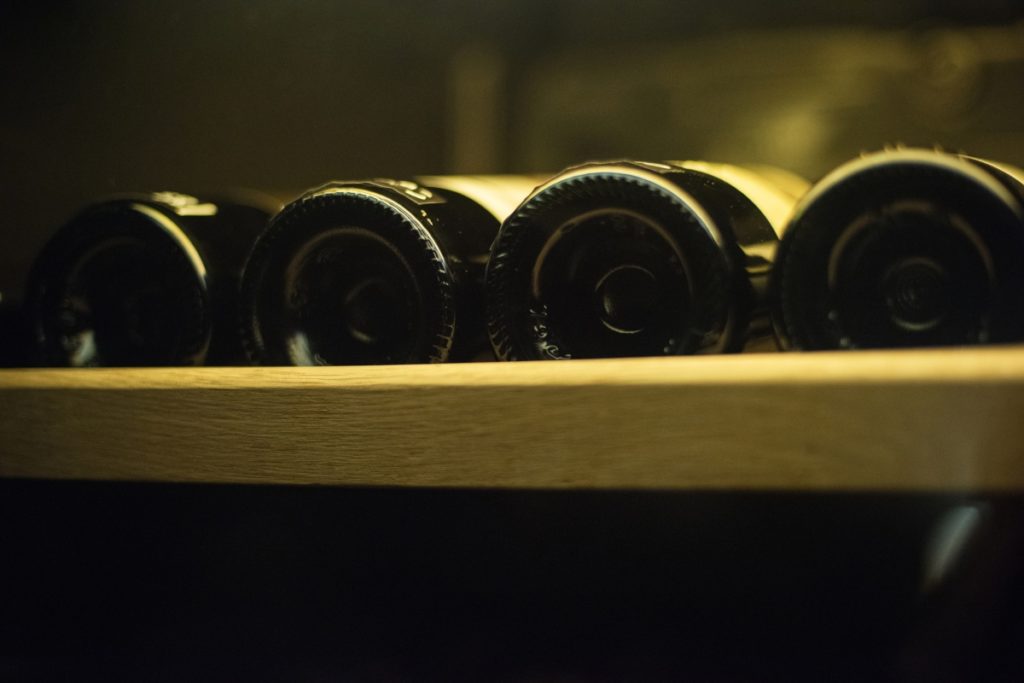
Keep Riesling in a cold, dry position. The temperature should remain stable.
Place the bottles on a flat surface. Keep them away from hot sources. Natural or artificial light should not be used to expose the bottles.
Riesling can be stored in the refrigerator for a few days before serving.
Riesling should not be kept in the freezer.
It is ideal to consume Riesling within 2 to 3 days of opening the bottle.
9. Should Riesling be kept in the fridge?
Riesling wines can be stored in the fridge, but it depends on whether you are looking to store them for the short term or long term.
Short-Term Storage (Up to a Few Weeks): The refrigerator is fine for storing a bottle of Riesling if you intend to consume it within a few weeks or months. To avoid aromas from the fridge from harming the wine, seal it with a cork or screw top.
Long-Term Storage (Several Months to Years): A typical kitchen refrigerator is not the best option if you wish to mature the Riesling or preserve it for longer periods. Consider purchasing a wine refrigerator or wine cooler instead of a conventional fridge. Wine refrigerators enable you to more accurately manage the temperature and humidity levels, resulting in an appropriate storage environment for both short-term and long-term wine storage.
10. How long should Riesling be chilled?
Your refrigerator will determine how long you should chill your Riesling. If you have a household refrigerator, the dry environment may eventually harm the corks, so it’s best to store your Riesling somewhere else and put it in the fridge a few hours before serving to attain the proper temperature.
In this case, Riesling may be stored in a wine fridge for a longer amount of time since the conditions in a wine fridge have been specially created to preserve your wine. Riesling is suggested to chill for 30-40 minutes from room temperature in the fridge.
11. The best method to serve Riesling
Riesling wine should be cool to the levels specified in the previous list of recommendations for serving. The primary reason for this is to ensure that you enjoy your wine to the fullest extent possible.
Both formal and casual events can benefit greatly from Riesling wines. Riesling wines can be served as an aperitif, as an appetizer, or as a beverage before a meal. The optimal time to offer dry Riesling wine is before a meal. A cheese plate, a fruit course, or dessert after dinner can all be paired with a bold or sweet Riesling.
12. Tips for best chilling Riesling
Temperature Guidelines: Depending on the type of Riesling you have, decide what temperature is best for serving.
Pre-Chill the Bottle: If the Riesling is kept at room temperature or higher, put it in the fridge for a few hours, or better yet, put it in a wine cooler or an ice bucket with ice for 30 to 40 minutes before serving.
Use an Ice Bucket: The fastest technique to swiftly cool Riesling is in an ice bucket with a mixture of ice and water. While periodically turning it, immerse the bottle in the ice-water bath for 15 to 20 minutes.
Avoid the Freezer: Avoid attempting to quickly cool Riesling by placing it in the freezer. Use a softer approach, like an ice bucket, as this might result in over-chilling.
Wine Cooler or Cellar: Consider getting a wine cooler or wine cellar if you frequently like Riesling. Your wine will always be served at the optimum temperature thanks to this equipment, which enables you to maintain exact temperature control.
13. FAQs
Q: Should Riesling be served warm or cold?
Riesling and other light wines are always served slightly cold, precisely at a temperature of 45 to 50°F (or 7-9°C). Dry with fruity undertones, riesling has a taste of its own. The wine that is chilled not only enhances acidic tastes but also other flavors as well. When we taste a dry beverage, however, we also notice dry, bitter, and astringent flavors.
Additionally, heat enhances the flavor and scent of the beverage while bringing out its distinctive elements on the palate.
Q: Is Riesling served at room temperature?
Riesling should be cooled before serving, much as other white wines. Place your bottle on the refrigerator door and take it a few minutes before serving if you don’t have access to a temperature-controlled wine fridge.
Q: How long does Riesling keep once opened?
A bottle of Riesling can be kept after being opened for up to 4 days in the refrigerator with appropriate storage and an airtight wine cork.
Q: How to recognize spoiled Riesling?
- Unusual Odors: An unpleasant smell is among the first signs of ruined wine. If the Riesling smells strongly of acetic acid or vinegar, it has probably converted to vinegar and is no longer palatable. Aromas of may or mold, which is frequently connected to cork taint, might also indicate deterioration.
- Off Colors: Consider the Riesling’s color. While a color change may not necessarily indicate spoiling, oxidation or aging are two conditions that might cause a color change. Age may cause red Rieslings to become brown or orange, while white Rieslings might turn more golden or amber.
- Cork Issues: As soon as the bottle is opened, examine the cork for damage. A broken, fractured, or protruding cork may have allowed too much air exposure, which resulted in spoiling.
- Unpleasant Taste: The Riesling has probably gone bad if it tastes very sour, harsh, or vinegar-like. A cork taint or other wine flaws may be indicated by an odd flavor that tastes like wet cardboard, a damp basement, or mustiness.
- Effervescence and Bubbles: sparkling Rieslings may have gone flat and lost their allure if the wine has lost its effervescence and the bubbles are substantially bigger or less noticeable than normal.
Q: Is Riesling sweeter as it ages?
Riesling wine does not generally become sweeter as it ages. Riesling wine’s sweetness level is mostly decided at the time of production, and it normally stays fairly steady during development.
Q: Should Riesling be allowed to breathe?
Young and fresh Riesling wines do not often require lengthy breathing times. They frequently perform best right after being opened. However, you may allow it a little time in the glass to open up if you’re interested in how an old Riesling may develop with a little aeration. Riesling enjoyment ultimately comes down to personal preference, so feel free to experiment and find what you like.
14. Conclusion
“Should Riesling be chilled?” has been carefully examined, demonstrating that the solution resides in the aesthetic and individualized tastes of individuals who appreciate it. While sweeter Rieslings benefit from a colder temperature to balance their sweetness, dry Rieslings shine best when served slightly chilled to enhance their crispness and lively acidity. The decision is ultimately up to you, so focus on enjoying it.

With over a decade of experience in viticulture, Simon Conner is the perfect writer to help you find and maintain your prized vintages. As an expert on food, wine, and kitchen products, he offers his expertise to guide clients through every step involved with collecting and selling wines.

